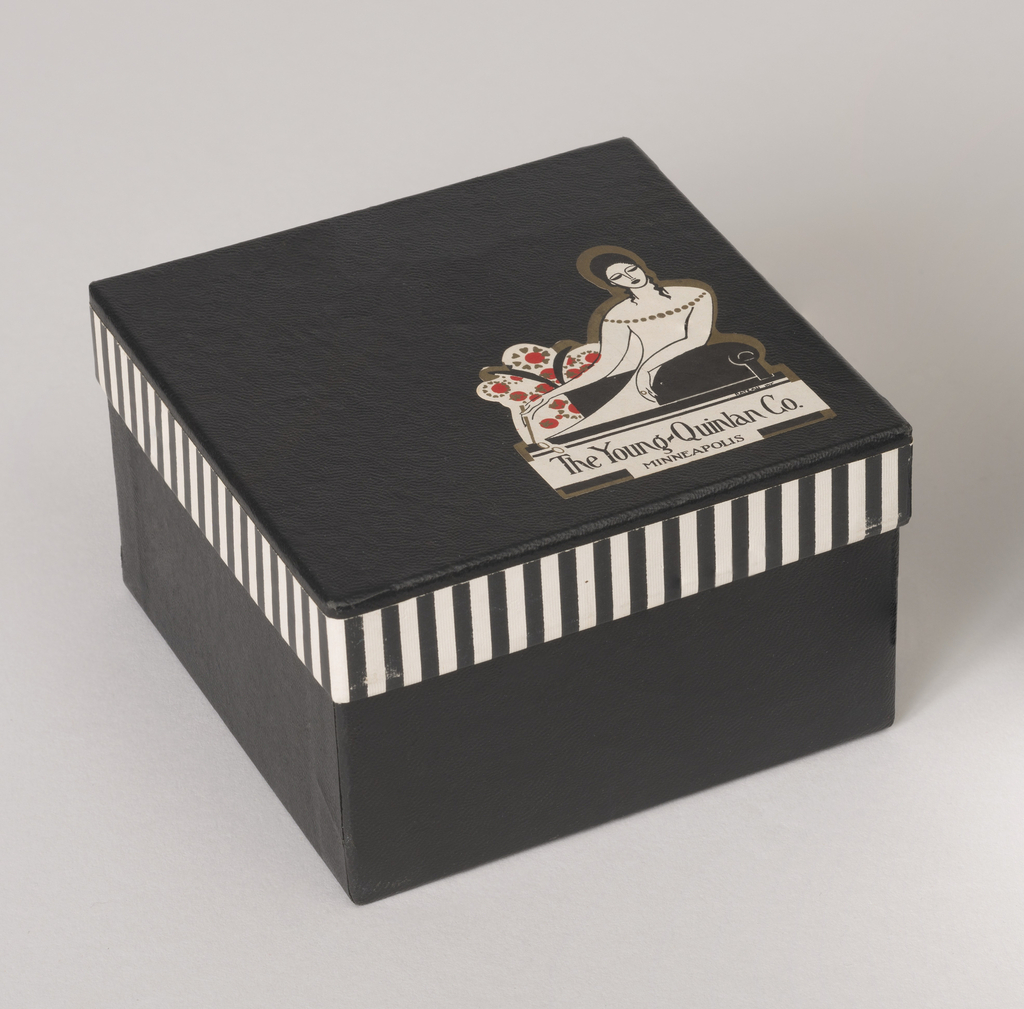In celebration of our new exhibition The Senses: Design Beyond Vision, this Object of the Day post explores the multisensory experience of an object in Cooper Hewitt’s permanent collection. This bright, hand-colored print dated to about 1750 and signed by François-Thomas Mondon depicts a group of figures in a landscape composed of trees, flowers, and...
The Palais Royal lies just on the other side of the rue de Rivoli in Paris, well within eyesight of the Louvre. Among other things, this former royal palace is now the seat of the Council of State (Conseil d’État) and the French Ministry of Culture (Ministère de la Culture). Despite its regal name, it was...
This design for a vegetable dish, now on view in The Jazz Age: American Style in the 1920s, blends classical forms with modern decorative details.
What is the importance of being able to place a name upon the things we create? Perhaps it gives one the ability to become more than just a faceless member of a crowd, to leave behind a mark of what they have made. Historically, women have often remained nameless with the things they create. This is...
French style during the early 19th century is characterized by a strong emphasis on Greek and Roman imagery from antiquity. In many ways, it is a continuation of the Neoclassicism of the late 18th century. After the French Revolution of 1789, the new government encouraged the use of Neoclassical imagery in order to create a...
On February 19, 1927, the film “It,” starring Clara Bow, was publicly released in the United States, instantly becoming a box office success and making Clara Bow Hollywood’s first “It girl.” Later that year, Elizabeth C. Quinlan, co-founder of the Young-Quinlan Co., a prestigious Minneapolis department store, visited Paris in search of her own “It...





